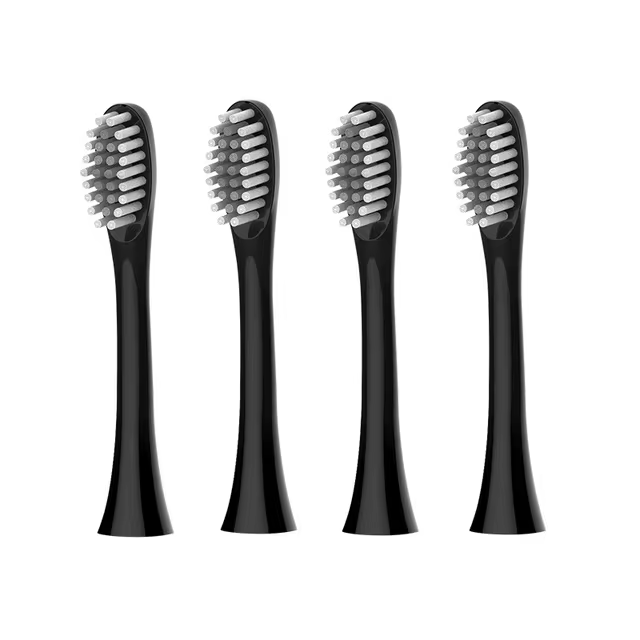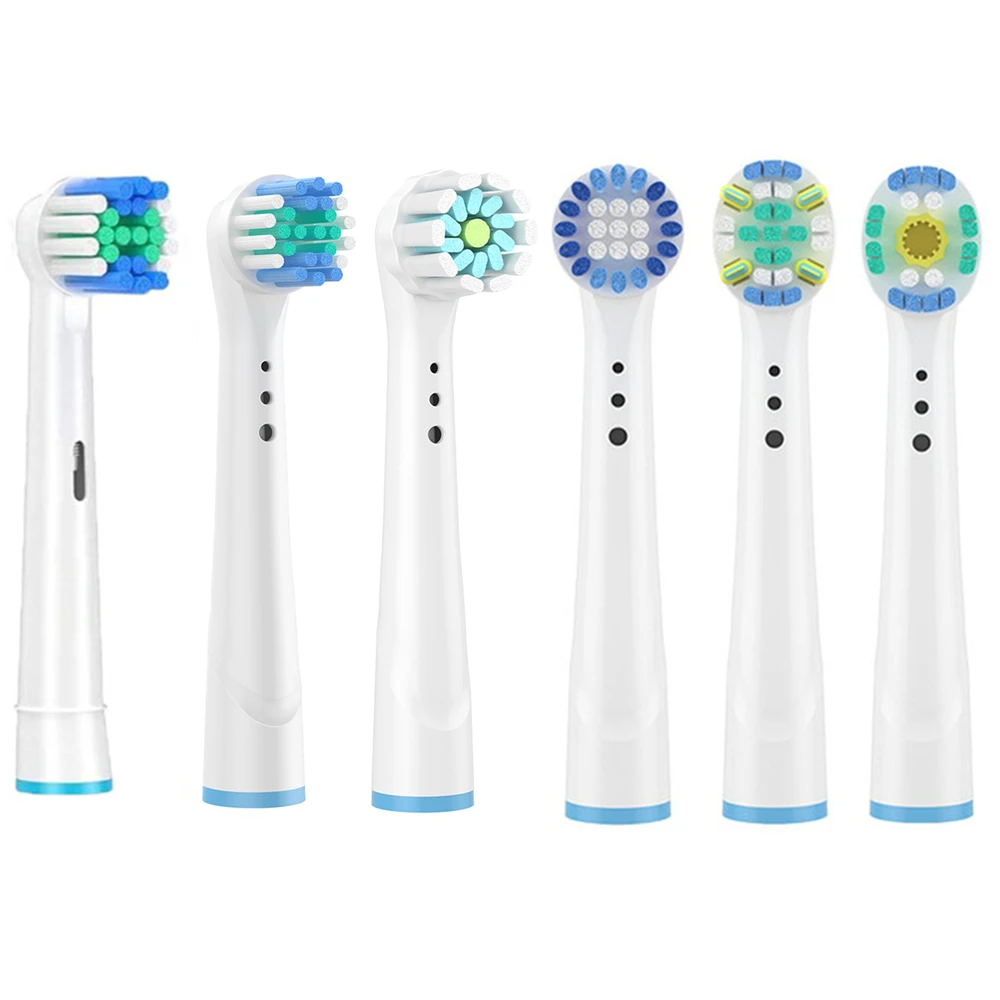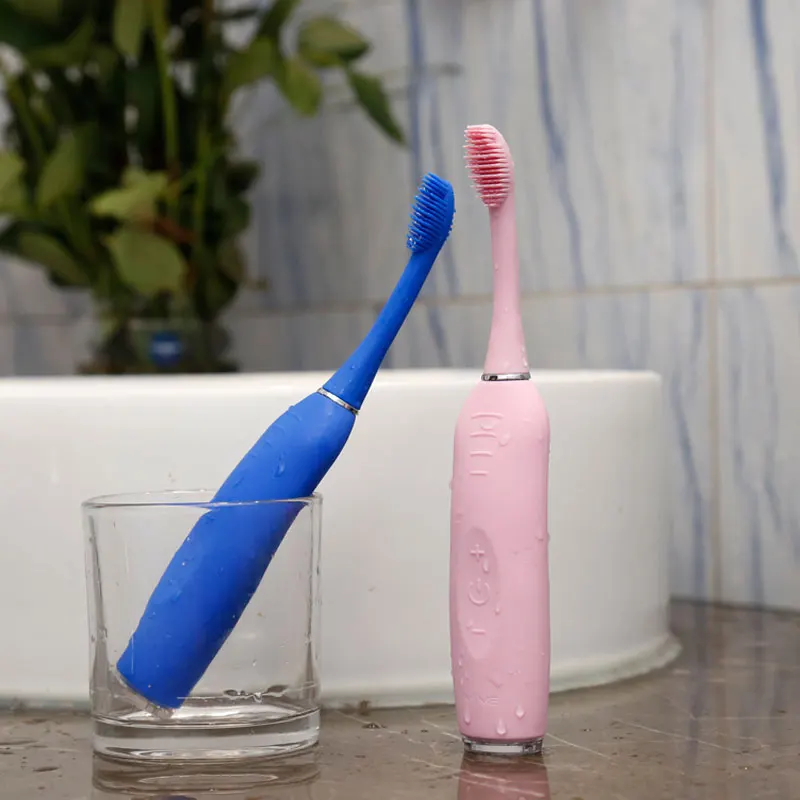In recent years, electric toothbrushes have gained immense popularity due to their superior cleaning capabilities compared to manual toothbrushes. However, one of the often-overlooked aspects of maintaining an effective oral hygiene routine is the appropriate care of the toothbrush itself, specifically the toothbrush head. A common question among individuals using electric toothbrushes is, “How often should I change my electric toothbrush head?” The answer to this question is crucial for ensuring optimal oral health, and in this article, we will explore various factors influencing the frequency of replacing your toothbrush head, the benefits of doing so, and tips for proper care.
Understanding the Importance of Changing Your Electric Toothbrush Head
Before delving into the specifics of how often to change your electric toothbrush head, it is essential to understand why this routine maintenance task is so vital. Over time, the bristles of a toothbrush head become worn down and less effective at cleaning your teeth and gums. Worn bristles can lead to several oral health issues, including plaque buildup, gum disease, and cavities.
Furthermore, toothbrush heads can harbor harmful bacteria and germs, which may contribute to infections and other health issues if not cleaned regularly. Regularly changing your toothbrush head not only maintains the effectiveness of your brushing routine but also ensures that you are using a hygienic tool to care for your teeth.
Recommended Frequency of Changing Your Electric Toothbrush Head
The general recommendation from dental professionals is to change your electric toothbrush head every three to four months. However, there are numerous factors that may influence this timing, including how often you brush your teeth, your personal oral hygiene habits, and the type of toothbrush bristles.
Factors Influencing the Replacement Frequency
- Brushing Frequency
If you brush your teeth more than twice a day, or if you have specific oral health needs that require additional brushing, your toothbrush head will wear out more quickly. In such cases, you may need to change your electric toothbrush head as often as every two months.
- Bristle Condition
One of the signs that it’s time to change your electric toothbrush head is the condition of the bristles. If the bristles start to fray or splay out in different directions, they will not clean your teeth effectively. Regularly inspect your toothbrush head—if you notice any wear and tear, it’s time for a replacement.
- Oral Health Conditions
Individuals with certain oral health conditions, such as gum disease or orthodontic appliances (like braces), may require more frequent changes to their toothbrush heads. A dentist can provide personalized guidance based on one’s unique needs.
- Bacterial Growth
Bacteria can grow on toothbrush heads, particularly if they are not stored properly. If you or someone in your household has been ill, consider replacing toothbrush heads sooner to minimize the risk of reinfection or spreading germs.
- Type of Bristles
Different types of electric toothbrush heads come with various bristle strengths and designs. For example, soft bristles provide gentle cleansing for sensitive gums, while medium or hard bristles may wear out faster. Users should take note of the type they are using and adjust their replacement frequency accordingly.
Signs It’s Time to Replace Your Toothbrush Head
In addition to the recommended replacement timeline, there are various signs that indicate it’s time to change your electric toothbrush head.
Frayed or Stiff Bristles
As previously mentioned, if you observe frayed or splayed bristles, it’s a signal that your toothbrush head has lost its efficacy. Worn bristles can’t clean your teeth effectively, leading to buildup and potential dental problems.
Discoloration
Discoloration can indicate that bacteria are accumulating on the toothbrush head. If you notice dark spots or other discoloration on the bristles, it’s a good idea to replace the head.
Allergic Reactions or Unpleasant Odors
If you experience any allergic reactions in your mouth or notice bad odors coming from your toothbrush head, it could be a sign of bacterial growth or deterioration of materials. It’s best to promptly replace the toothbrush head to maintain good hygiene.
The Role of Maintenance in Longevity
Care Tips for Your Electric Toothbrush
Proper care can extend the life of your electric toothbrush head and improve your dental hygiene routine. Here are some crucial tips to consider:
- Rinse After Use
Always rinse your toothbrush head under running water after every use. This helps wash away debris and toothpaste residues, reducing bacterial growth.
- Store Upright
Store your electric toothbrush in an upright position to allow the bristles to air dry. This can minimize bacteria growth that may occur in moist environments.
- Avoid Sharing
Personal hygiene items should not be shared. Using the same toothbrush head can spread harmful bacteria and lead to infections or other dental issues.
- Replace After Illness
Following an illness, it’s a good habit to replace your toothbrush head. This can help prevent re-infection or the spread of germs.
- Follow Manufacturer Guidelines
Many electric toothbrush brands provide specific recommendations for replacement intervals and maintenance. Be sure to read your toothbrush’s manual for the best practices.
- Monitor Your Dental Health
Regular check-ups with your dentist can provide professional guidance and advice tailored to your specific needs. They may suggest a more frequent replacement schedule based on your dental health.
The Impact of Electric Toothbrushes on Oral Health
While the question of how often should I change my electric toothbrush head is essential, the overall effectiveness of electric toothbrushes also plays a significant role in oral health. Research has shown that electric toothbrushes can be more effective at removing plaque than manual brushes.
Why Electric Toothbrushes Are Superior
- Consistent Stroke Rate: Electric toothbrushes provide a consistent stroke rate that manual brushing may not achieve. This helps ensure a thorough clean, especially in hard-to-reach areas.
- Built-in Timers: Many electric toothbrushes come with built-in timers that encourage users to brush for the recommended two minutes. This is crucial for maintaining proper dental hygiene.
- Pressure Sensors: Some models have pressure sensors that alert you when you’re brushing too hard. This feature can help protect your gums from damage and minimize the risk of gum recession.
- Variety of Modes: Electric toothbrushes often provide multiple brushing modes geared towards specific needs—whether it’s gentle brushing for sensitive gums or deep cleaning for plaque removal.
 The Environmental Impact of Replacing Toothbrush Heads
The Environmental Impact of Replacing Toothbrush Heads
In discussing the frequency of changing your electric toothbrush head, it’s wise to also consider the environmental implications. While personal dental hygiene is undoubtedly essential, the accumulation of disposable toothbrush heads can contribute to waste.
Tips for Eco-Friendly Practices
- Choose Recyclable Options: Some brands manufacture toothbrush heads that are recyclable. Look for eco-friendly options to minimize your environmental footprint.
- Use a Manual Brush for Travel: If you’re concerned about waste while traveling, consider using a manual toothbrush temporarily. This can reduce the number of disposable heads used during short trips.
- Participate in Recycling Programs: Some dental product companies offer recycling initiatives for used toothbrush heads. Participate in these programs to ensure your toothbrush heads are disposed of properly.
Conclusion
In conclusion, determining how often should I change my electric toothbrush head is fundamental for maintaining optimal oral health. With professional recommendations suggesting a replacement every three to four months, various personal factors can adjust this timeline significantly. Monitoring the condition of your toothbrush head and observing changes in your oral health can guide you in maintaining a consistent dental hygiene routine. Remember to care for your toothbrush, follow your dentist’s advice, and consider the environmental impact of your choices. Staying informed and proactive can help you enjoy a healthy smile for years to come.



